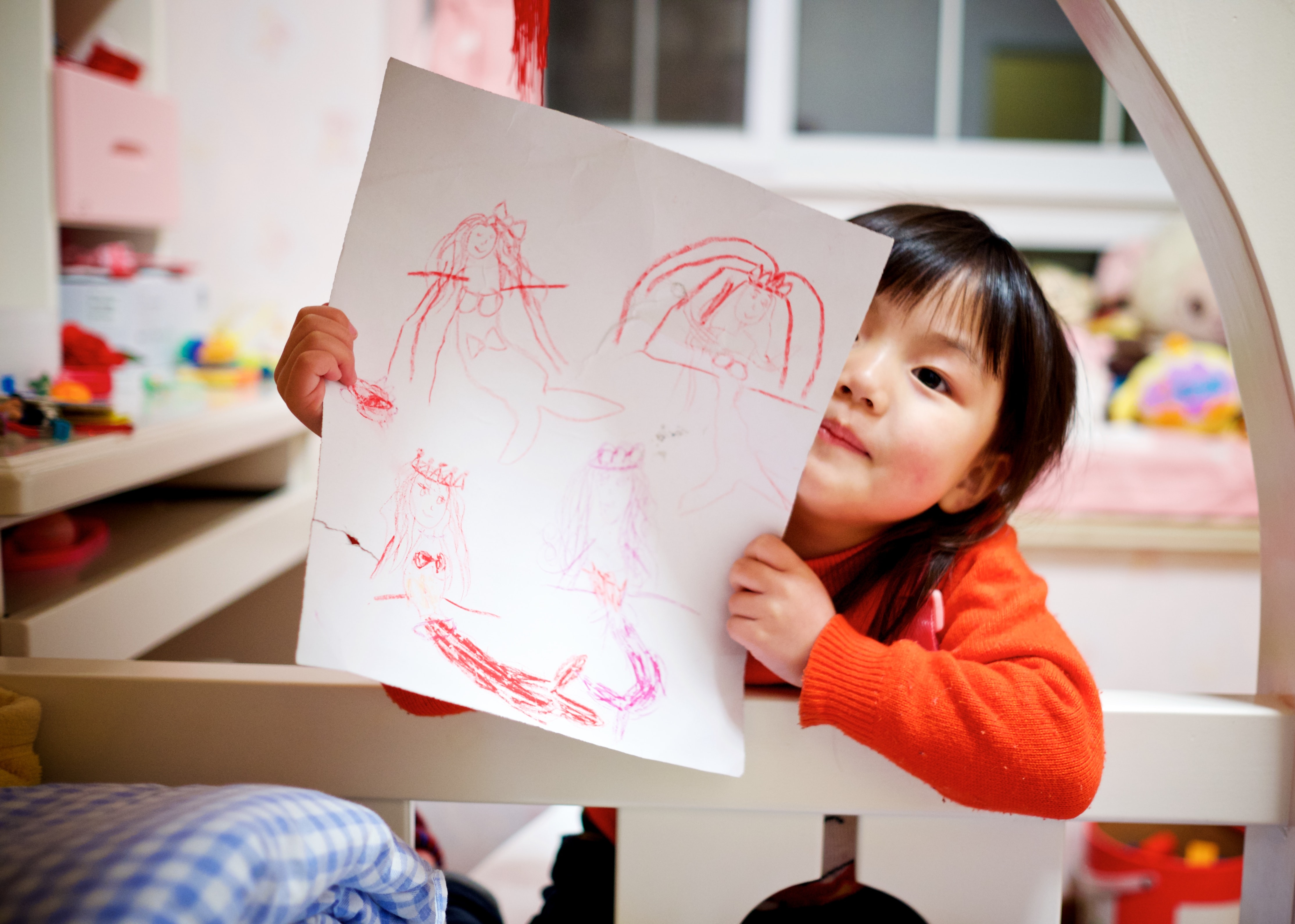Expert Interview: The Impact of COVID-19 on the Future of Child Care

Throughout the coverage of the COVID-19 pandemic, we’ve heard countless stories from parents and teachers alike about the impossible task of scaling a nationwide distance learning program. Even now with months of this under our belt, educators and school communities must contend with the impossible work of educating students safely and equitably in a fragmented environment.
One often underexplored section of this narrative is the impact of learning disruptions on child care: the students, families, and providers. To better understand this piece, we sat down with the Executive Director of California Quality Early Learning (CQEL), Dave Esbin. And while CQEL is specific to California, Dave’s insights are certainly applicable across the United States. Below are excerpts from our conversation.
Can you give us an overview of CQEL?
CQEL is a non-profit with the sole mission to improve the quality of California child cares – across education, health and nutrition, and school readiness. We are made up of mostly private child cares from around the state, all gathered in the pursuit of providing the very best care and education to our children.
Understandably, the quality of education has always been of great concern to parents, at any age group, and no matter the facilitator. We organized ourselves as a pact among child care leaders to raise the bar of early education. Nearly all of us either own or manage a child care, even our board.
We’re member-supported and walk the path to quality with our members. We give them resources, training, support, and advocacy at the local, state, and federal levels for legislation that supports our collective mission.
As the executive director at CQEL, what insights do you have on California’s early education in 2020?
Let’s start with what hasn’t changed.
Funding for low-income families is going up, but far too slowly. For FY2018 and FY2019, Congress approved large increases in child care funding allocated to states. For example, FY2018 funding for the US was an increase of $2.4 billion – providing an opportunity to both strengthen the quality of child care and to increase access for low-income families with children. The FY2018 increase was maintained in FY2019 (with a slight increase for states).
Early educators still aren’t respected or compensated even close to their K-12 counterparts. The work they do is fundamental to our society and this needs to change. More on this in a second.
Our recent generations of workers are less often entering the early education workforce, making it harder and harder to find qualified staff.
What has changed now is that a third of California programs are closed, either temporarily or permanently.
Parents are struggling to find care. For lack of care or for safety concerns, families are resorting to setting up their own child care pods and micro-schools. Some are quitting their jobs (mostly women, setting back decades of workplace and pay equality progress), some are hiring teachers, and some are just making it work. It will be very interesting to see how these new behaviors “stick” after a vaccine and the catalyst for this change dissipates. Will families take their children back to traditional child cares?
Those who are still open have a quarter of their capacity attending. This is unsustainable for nearly all of them.
CQEL and Curacubby partnered to commission a massive survey. Can you speak to the intention behind this?
A big part of my role is listening to child cares and synthesizing what I’m hearing to policymakers and agencies. To date, we’ve received an enormous amount of anecdotal evidence that child cares are struggling to make ends meet, but we don’t fully know to what extent.
UC Berkeley’s Center for the Study of Child Care Employment does incredible work, and they’ve polled child cares on some specifics, but we want to get a snapshot of 4 months in, how it’s going, what does surviving look like, what funding has been sought and received, and ultimately, get a picture of what this industry will look like in 6-9 months.
Based on the results, what was your biggest takeaway?
When you have to choose between the health and safety of your workforce, children, and families, and supplying the care that supports those same people, there are no right answers.
My message to child cares is to open if you can, do the best you can to follow health guidelines to keep everyone safe, and ask for help when you need it - financial, informational, and emotional. Your work has been historically under-appreciated, but you need to know that the work you do changes the trajectory of these children’s, and often entire family’s lives. You do the most meaningful work, and your children and families need you more than ever right now.
How can parents and programs work together to create better outcomes for early education in 2020 and beyond?
I think a lot of families will be coming back with a newfound appreciation for the work we do. We’re not a nanny service. We’re trained professionals giving your children the skills they need for successful lives.
Many will also be bringing back new perspectives on how they did child care. Maybe a parent can suggest bringing in some Montessori principles into a play-based program. Maybe they simply found a new method to help children learn. Maybe they have a great tool for supporting socio-emotional development and coping with not seeing friends for so long. Maybe they have tips for how to help children wear masks and social distance. Maybe they fell in love with teaching and want a career change!
There’s so much to explore with families when they return. I recommend enabling an open dialogue, so you can learn what they want, need, and how they can help. It’s going to be a big group effort in each and every child care to get back to a semblance of normalcy.











